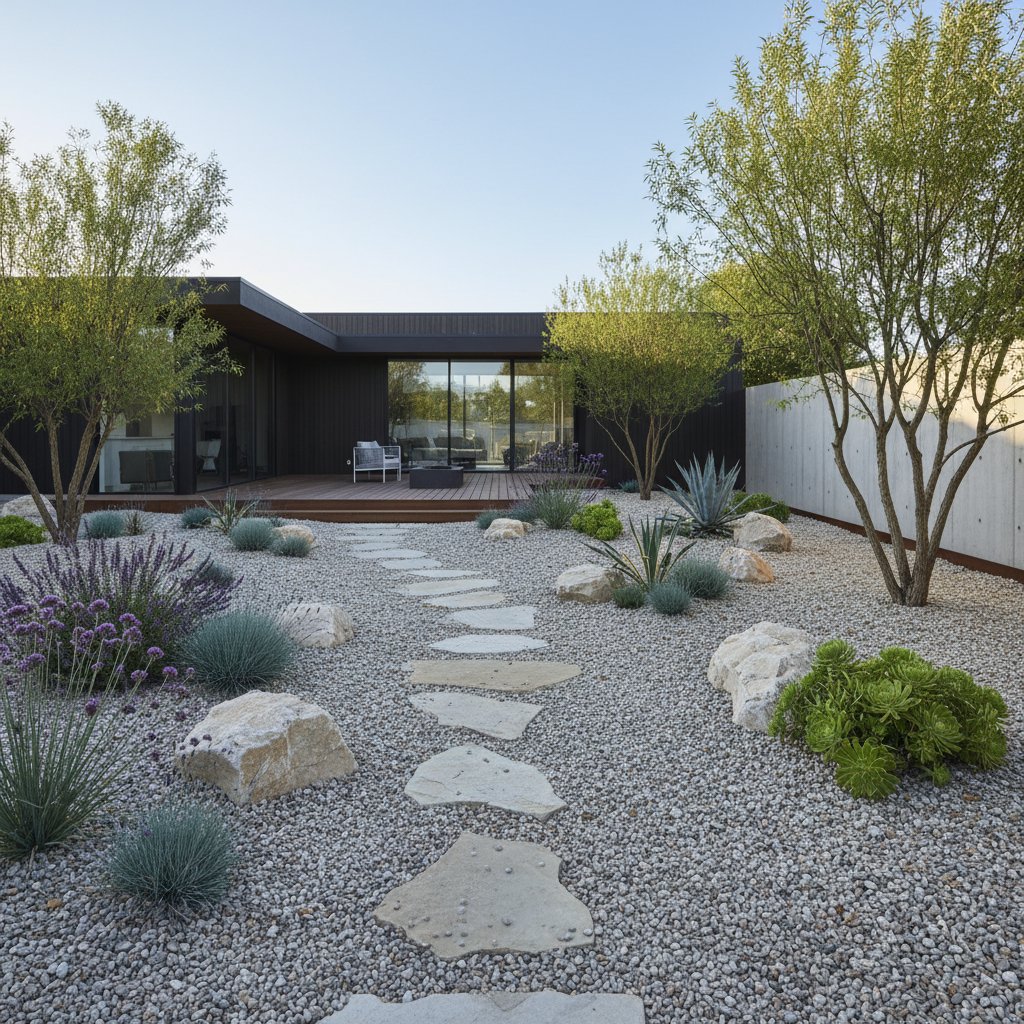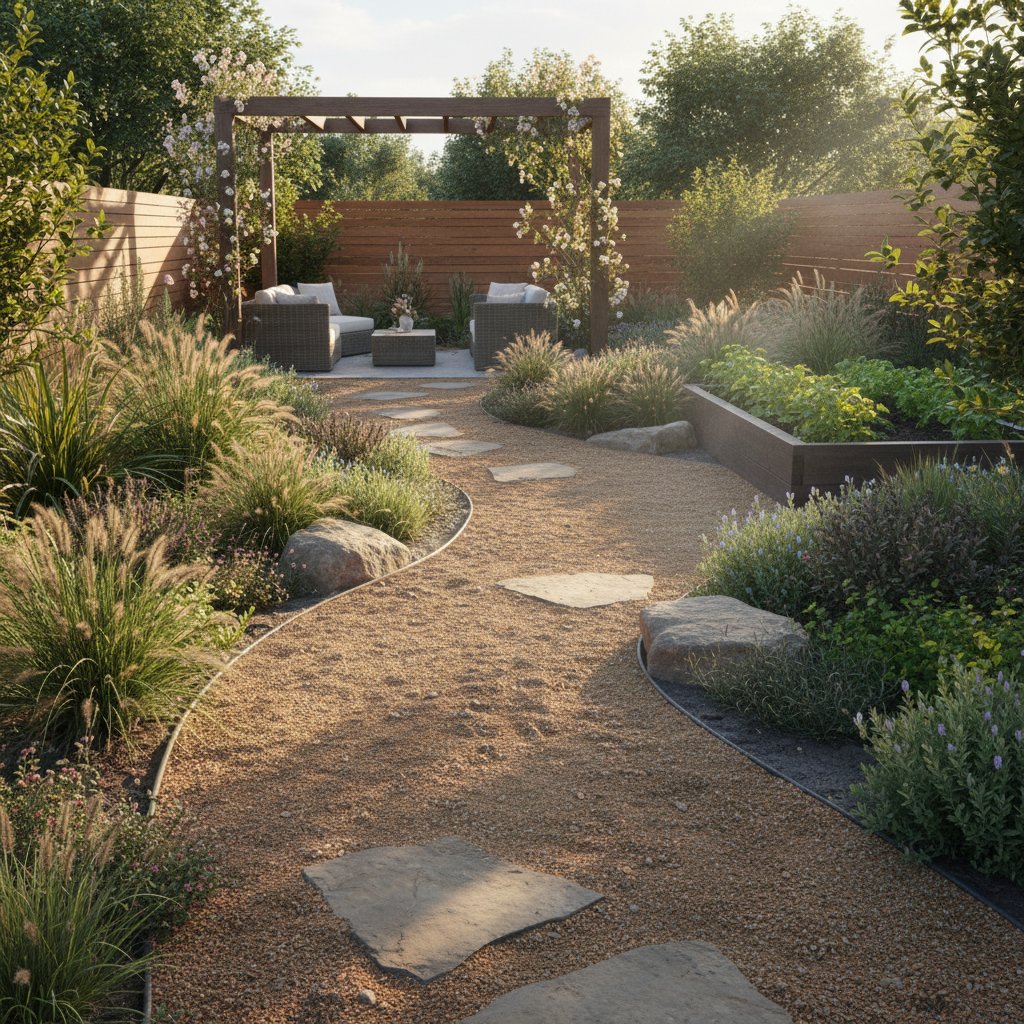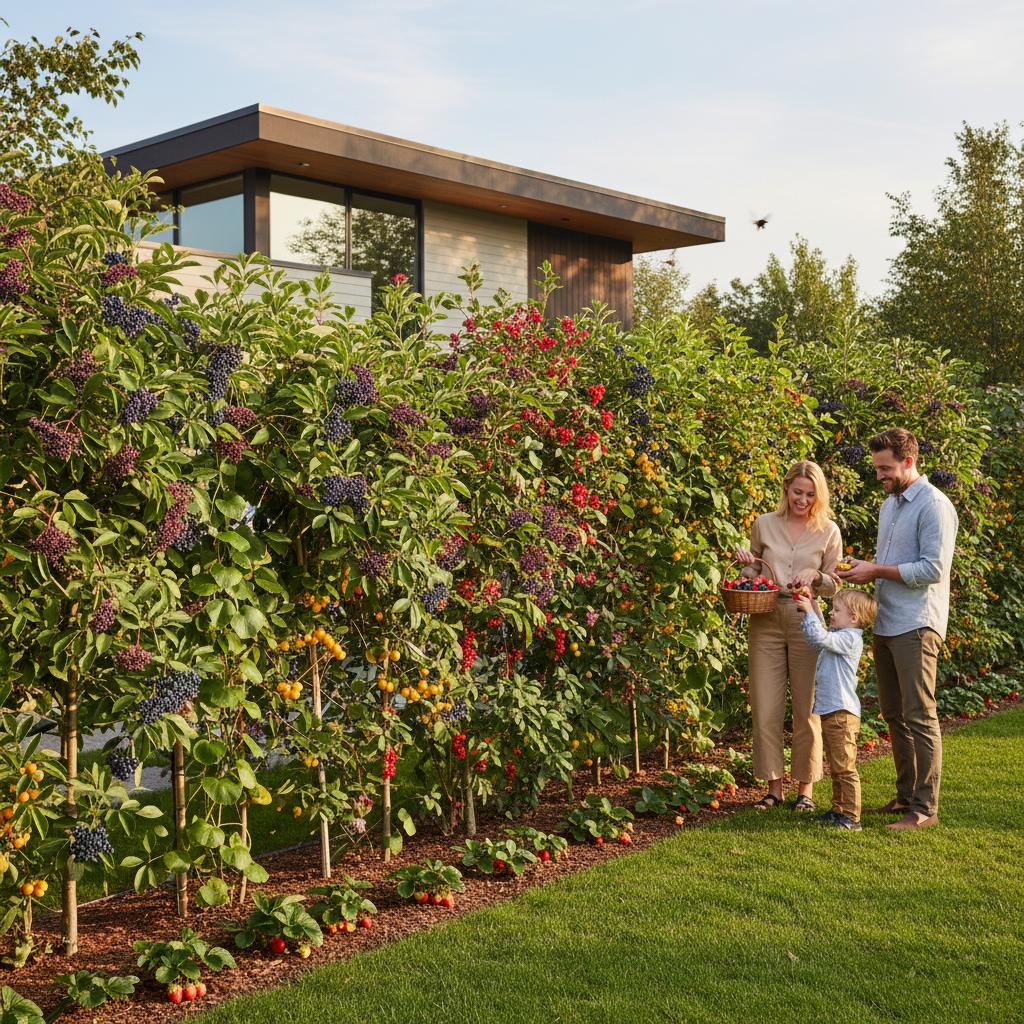Designing Gravel Gardens for Lasting Appeal
Many homeowners face the challenge of maintaining lush lawns that demand frequent watering, mowing, and fertilizing. Gravel gardens address these issues by offering a durable, water-efficient option that enhances natural aesthetics. These designs incorporate stones, hardy perennials, and open layouts to produce serene environments requiring little ongoing attention.
Gravel gardens prioritize harmony over uniformity, allowing sunlight, soil conditions, and space constraints to inform the layout. Suitable for sunny exposures or shaded corners, expansive plots or compact areas, they deliver organized tranquility without daily intervention. This approach suits various climates and yard sizes, adapting to local conditions for optimal results.
Evaluating Your Yard for Optimal Design
Examine your outdoor area thoroughly before implementing changes. Track sunlight patterns by noting shaded spots in the morning and afternoon, as well as full-sun zones that receive six or more hours of direct light daily. Assess drainage by observing water flow after rain; identify low-lying areas prone to pooling and slopes that direct runoff efficiently.
Consider these essential factors:
- Primary outdoor activity zones, such as patios or play areas.
- Underutilized sections, like narrow side yards or overgrown borders.
- Existing vegetation worth preserving, including mature shrubs or trees.
This evaluation shapes a customized plan. Often, beginning with a single feature, such as a winding path or entry border, allows testing compatibility before broader application. For clay-heavy soils, incorporate amendments like gypsum to enhance permeability and support root development.
Site Preparation Techniques
Effective preparation ensures the longevity of your gravel garden. Remove all weeds, grass, and debris manually or with a sod cutter to eliminate competition for space. Excavate to a depth of four to six inches to accommodate base layers and prevent future settling.
Loosen compacted soil using a tiller or broadfork, then mix in two inches of coarse sand or aged compost to promote aeration and drainage. Install a landscape fabric or biodegradable geotextile as a barrier against weeds, securing it with staples every two feet. For a wilder aesthetic, omit the fabric to permit natural reseeding from desirable species like native wildflowers.
Apply gravel in layers: start with a one-inch base of larger crushed stone for stability, followed by two inches of finer decorative pebbles in neutral tones like gray or white. Rake evenly to achieve a uniform surface, and compact lightly with a tamper to minimize shifting over time. This method creates a stable foundation that withstands foot traffic and weather variations.
Selecting and Placing Plants
Choose drought-tolerant species that complement gravel's texture and color palette. Opt for perennials such as lavender, sedum, and ornamental grasses that establish deep roots and require watering only during the first season. Incorporate evergreen shrubs like dwarf conifers for year-round structure, spacing them 18 to 24 inches apart to allow air circulation.
Plant in clusters for visual impact: position taller elements at the back or center, medium-height fillers in the middle, and low-growing ground covers along edges. Mulch around new plantings with additional gravel to suppress weeds and retain moisture. Monitor growth in the initial months, pruning selectively to maintain form without over-trimming.
Incorporating Structural Elements
Enhance functionality and appeal with purposeful additions. Place terracotta planters along borders, filling them with agave or echinacea for vertical interest and seasonal color shifts. Install a wooden or metal bench in a focal point, anchoring it with surrounding gravel to create an inviting nook.
Introduce subtle water features, such as a shallow basin fed by a recirculating pump, to attract birds and add auditory serenity. Line pathways with low-voltage LED fixtures embedded in the gravel, spacing them three to five feet apart for safe evening navigation. These elements integrate seamlessly, elevating the garden's usability without overwhelming its minimalist ethos.
Benefits of Gravel Gardens in Daily Life
Gravel gardens alter the sensory experience of your outdoor space. The subtle sound of footsteps on pebbles, combined with the rustle of wind through drought-resistant foliage, fosters relaxation. Sunlight filtering through stones and leaves produces dynamic shadows that evolve with the seasons.
Sustainability forms a core advantage: these landscapes conserve water by reducing evaporation and irrigation needs by up to 70 percent compared to turf grass. They minimize chemical use, as gravel deters pests naturally, and provide habitats for beneficial insects like bees and butterflies. In rainy regions, the permeable surface prevents erosion and eliminates soggy conditions, simplifying maintenance routines.
Implementing and Evolving Your Design
Commence with a manageable project, such as converting a 10-by-10-foot section into a gravel meditation area. Source materials from local suppliers: select river rock for a smooth finish or decomposed granite for a rustic texture, calculating quantities based on surface area multiplied by desired depth. Budget for tools like a wheelbarrow and level to streamline the process.
As the garden matures, introduce variations: experiment with colored gravels in contrasting zones or add stepping stones for defined paths. Observe interactions between elements, adjusting plant positions if shading affects growth. This iterative approach builds a cohesive landscape that adapts to your lifestyle.
Over time, the garden demands less effort, freeing hours previously spent on lawn care. Mornings might involve simply admiring dew on stone surfaces or the bloom of yarrow under soft light. Such spaces cultivate mindfulness, blending practicality with aesthetic pleasure.
Ultimately, a gravel garden embodies intentional living outdoors. It supports relaxation, social gatherings, or quiet reflection, demonstrating that enduring beauty emerges from thoughtful restraint and natural integration.



